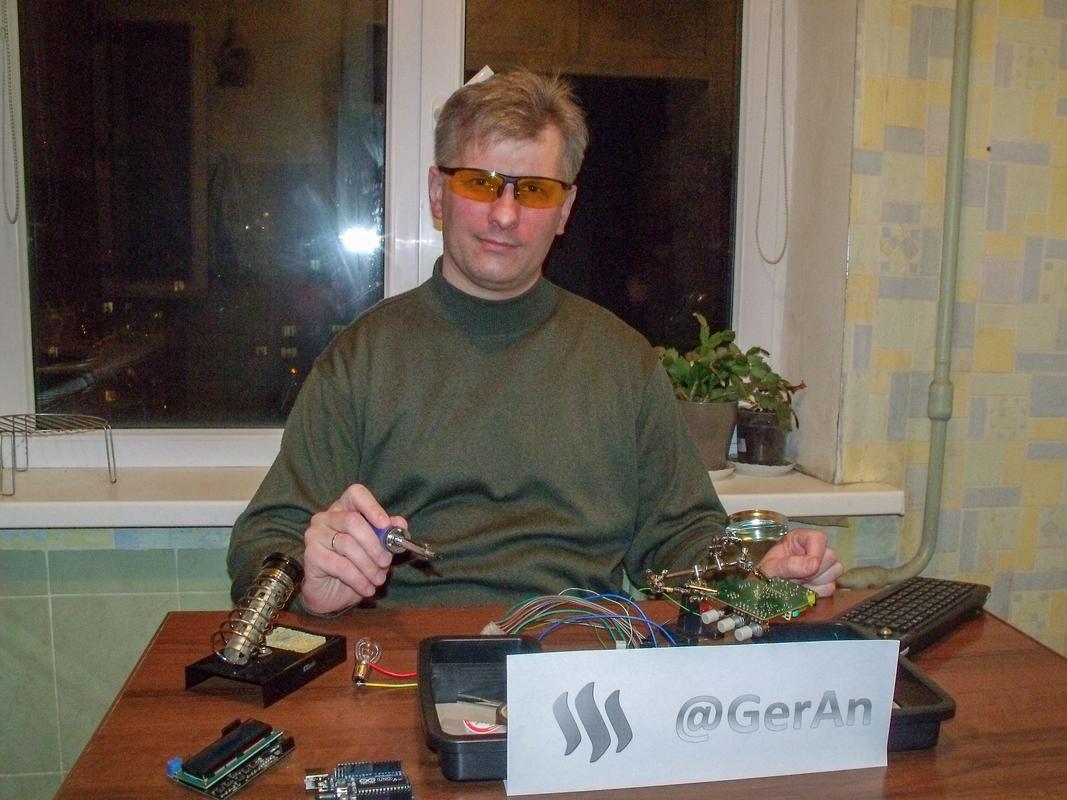Digispark on Attiny85 - connection under Windows 10

If you are reading these lines, then something went wrong ... with the connection of this microcontroller. I know, I myself was one day before writing this article, but technomaniac people arestubborn stubborn
One could safely use any of the three available arduins or bare Atmega328P-PU / Atmega8-16PU
In the end, just download USB-Linux with arduino ide under it.

No, this time the light came together on the Digispark and TENS - in vain, what was paying $ 3 for the ESD license ?.
"Well, if I have decided on something, I will definitely drink it," Vysotsky sang, and as you understood, yes!
Okay, with proverbs finished - we boot the computer, go in the BIOS.
We find the device / ports point - USB - yes, Digispark does not work with USB-3
Disable compatible USB3-Disable (Some may simply be set to the port mode - set USB-2 Compatible)
I have this item called xHCI - Disable
Take your time to exit - turn on debugging - Debug-Enable
Again on my bios this function is called differently - EHCI - Enable
Save & Exit
Hood? Have you downloaded Windows?
Take your time to enter ArduinoIde!
Take down for a start All previously installed firewood under digistump / digispark!
Is it done?
WIN-x - execute - regedit - search, look for the digistump in the registry and ruthlessly delete, F3 - search further!
Repeat the procedure with the word digispark.
Control reboot to the head - Windows all the same ;-)
Now we need to make two downloads - the right set of firewood with a loader - micronucleus by reference
I had this version of micronucleus-2.0a4-win.zip
We also need the ArduinoIde program with Digispark support preinstalled - go here:
we swing the last ArduinoIDE, my version (for 07.06.2018) - DigisparkArduino-Win32-1.0.4-May19.zip, we retrieve contents.
On the 64-bit - it works!
We unpack / set up our micronucleus driver.
Okay, let's start DigisparkArduino version 1.0.4!
Old? And you checkers or go?
Its a Sparta - this is Windows!

Lulzov adds the Sparta trademark, under which I have a pulsed soldering iron and a set of screwdrivers.
But do not rush to connect the board to the Usb port!
Choose (in ArduinoIDE) Service-Pay-Digispark (Tiny Core)
Next Service-Programmer-Digispark
Finally it's time to blink an LED ;-)
void setup()
{
//Set Pins 0and1as outputs.
//Some Digisparks have a built-in LED on pin 0, whilesome have it on
//pin 1. This way, we can all Digisparks.
pinMode(0, OUTPUT);
pinMode(1, OUTPUT);
}
voidloop()
{
//Set the LED pins to HIGH. This gives power to the LED and turns it on
digitalWrite(0, HIGH);
digitalWrite(1, HIGH);
//Wait for a second
delay(1000);
//Set the LED pins to LOW. This turns it off
digitalWrite(0, LOW);
digitalWrite(1, LOW);
//Wait for a second
delay(1000);
}
Compile Ctrl-R
Load Ctrl-U (after all, though we have not yet inserted a fee into the USS? THIS IS IMPORTANT !!)

That's just after such an inscription below - we turn on the Digispark in the port.

otherwise it will blink aimlessly appearing and disappearing in devices - as the first satellite of the earth!
If ALL items were performed carefully and consistently, we will get a similar picture.

And the LED flashing on the board is WIN!
Successful projects to you!
Andrew.
